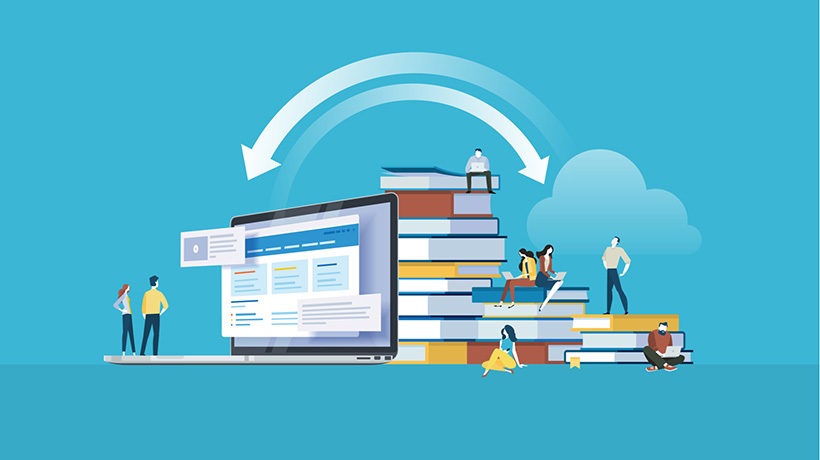With growing digitalization, the widespread use of modern devices and technologies have been observed in the education sector. Constructive use of internet and modern technologies can escalate uninterrupted learning, easy retrieval of information, expand boundaries, increase collaboration, and aid e-learning. Nowadays students have become far more tech-savvy than teachers. Consequently, they can outsmart teachers and utilize technology negatively. The solution here is not to restrict students rather to build trust. Moreover, to confine students in the safe zone of using technology, teachers must develop awareness in students. To achieve this a teacher must formulate some rules and foster understanding in students about the harmful effects of bad content. Hence, in this digital age my role as a teacher is crucial to govern the students and ensure the appropriate utilization of technology.
Another important role that I as an educator hold is to ensure the effective implementation of the technology in the classroom. Teachers are required to possess a sound understanding of the content which enables them to suitably associate technology with the curriculum. For instance, using online games to help students learn novel concepts and vocabulary, using smartboards or projectors while delivering a lecture, and conducting in-class presentations. It is essential for the teachers to apprehend which technology will work best for the students in different scenarios.
I assert with Bates (2019), that with the ever so evolving world, there is a need to revamp our teaching pedagogies and methodologies to suit the need of the time and to facilitate students to attain the technological competency. As a student, I have experienced both the traditional as well as the modern methods of teaching and learning. In my opinion, an ideal curriculum is the one that upgrades as per time. In this digital age, students learn way differently than us. Teachers in the past employed conventional teaching ways. Conducting lecture-based classrooms and encouraging students to memorize the content made teaching and learning monotonous. However, teachers, today cannot rely on traditional ways alone. Therefore, educators need to devise teaching models that provide a holistic learning environment thereby aiding in the overall development of students.
My teaching philosophy resonates with Dr. Howard Gardner’s theory of Multiple Intelligence. It emphasizes the idea that each individual learns uniquely (Gardner, 1992). Hence, establishing a Universal Design of Learning that permits learning in different ways, thereby making it suitable for every individual will make learning more relishing. I as an educator will adopt a blended teaching and student-centered approach by engaging students in activity-based and collaborative learning that promotes community building. Students learn significantly by exchanging thoughts, experiences, and ideas with their peers of similar interests (Bates, 2019). Hence, I will incorporate different ways that allow critical thinking, troubleshooting, and social interaction that are key skills required to sustain in today’s age.
Bates, T. (2019). Teaching in a Digital Age -Chapter 4: Methods of teaching with an online focus. (2nd ed.). Retrieved from https://pressbooks.bccampus.ca/teachinginadigitalagev2/part/chapter-6-models-for-designing-teaching-and-learning/
Gardner, H. (1992). Multiple intelligences (Vol. 5, p. 56). Minnesota Center for Arts Education.


Hello, Sarabjit,
I agree with your thought that every individual is unique and learns uniquely at there own pace. Each and every individual have their own kind of hidden talent.
In this era of modern technology, teachers are expected to be knowledgeable and supportive of national technology standards and promoting the attainment of national standards in school.
Teachers are the key to implement technology in the classroom. Teachers must know that the use of technology in instruction is an expectation. There has been a seismic change in the information delivery and communication and teachers are expected to respond to change with a positive attitude.
Thank You so much for your response Payal!